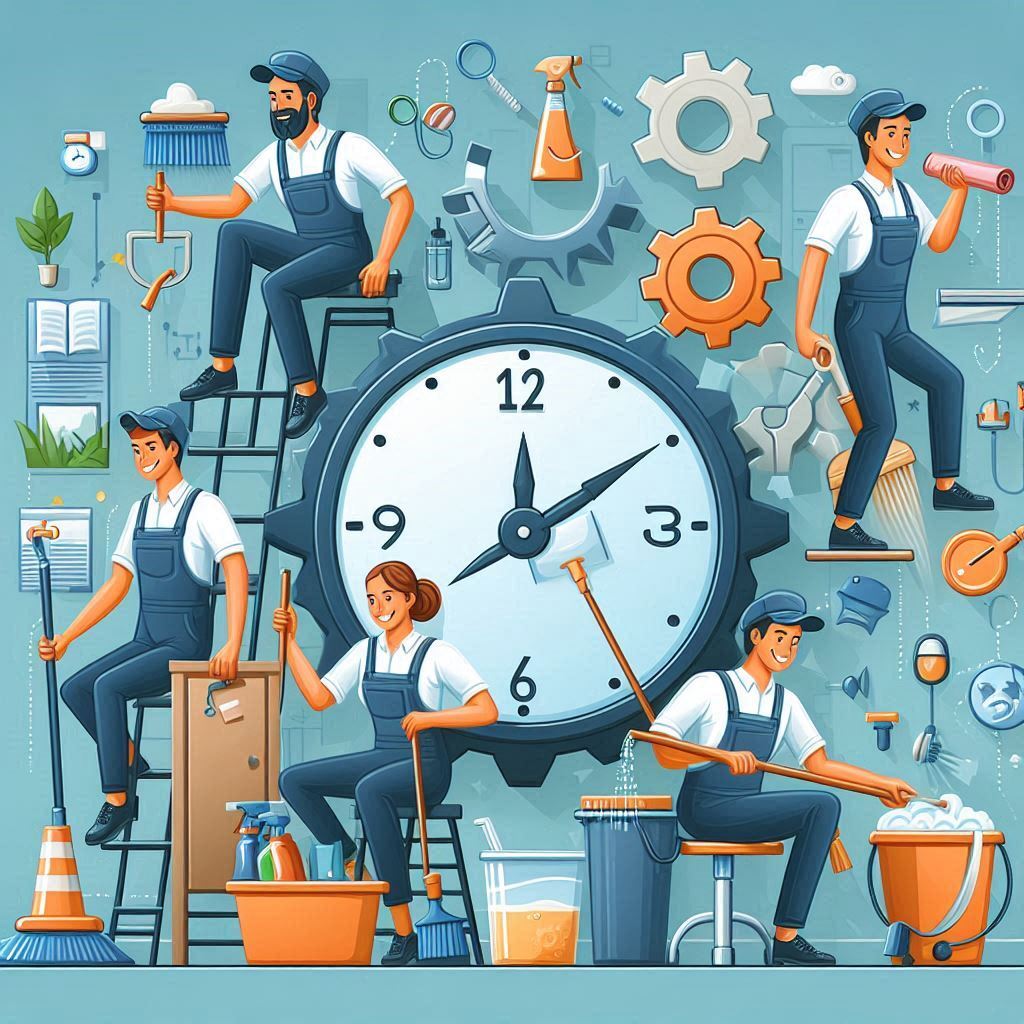Training Your Team: Effective Methods for Top-Notch Office Cleaning in Auckland
Effective Office Cleaning Team Training: Top Strategies and Methods for Auckland Businesses
Having an effective office cleaning team is crucial for maintaining a clean and healthy work environment. However, in order to ensure that your team is performing at its best, it is essential to provide them with the proper training. In this essay, we will discuss some top strategies and methods for training your office cleaning team in Auckland.
One of the most important aspects of training your office cleaning team is to clearly outline your expectations. This includes specifying what tasks need to be completed, as well as the quality standards that must be met. By setting clear expectations from the start, you can ensure that your team knows exactly what is expected of them and can work towards achieving those goals.
Another critical strategy for training your office cleaning team is to provide hands-on training. This can involve demonstrating proper cleaning techniques, as well as providing opportunities for your team to practice these techniques themselves. By allowing your team to gain practical experience, they can develop the skills and confidence needed to perform their job effectively.
In addition to hands-on training, it is also essential to provide your office cleaning team with ongoing support and feedback. This can involve regular check-ins to discuss their progress, as well as providing constructive criticism and praise when necessary. By offering support and feedback, you can help your team to continuously improve and grow in their roles.
Furthermore, incorporating technology into your training program can also be beneficial. This can include using cleaning software to track tasks and performance, as well as providing online resources for your team to access. By leveraging technology, you can help to streamline your training process and ensure that your team has the tools they need to succeed.
In conclusion, practical office cleaning team training is essential for maintaining a clean and productive work environment. By setting clear expectations, providing hands-on training, offering ongoing support and feedback, and incorporating technology, you can help to ensure that your team is well-equipped to perform their job to the best of their abilities. By investing in the training of your office cleaning team, you can ultimately improve the cleanliness and overall success of your business in Auckland.










